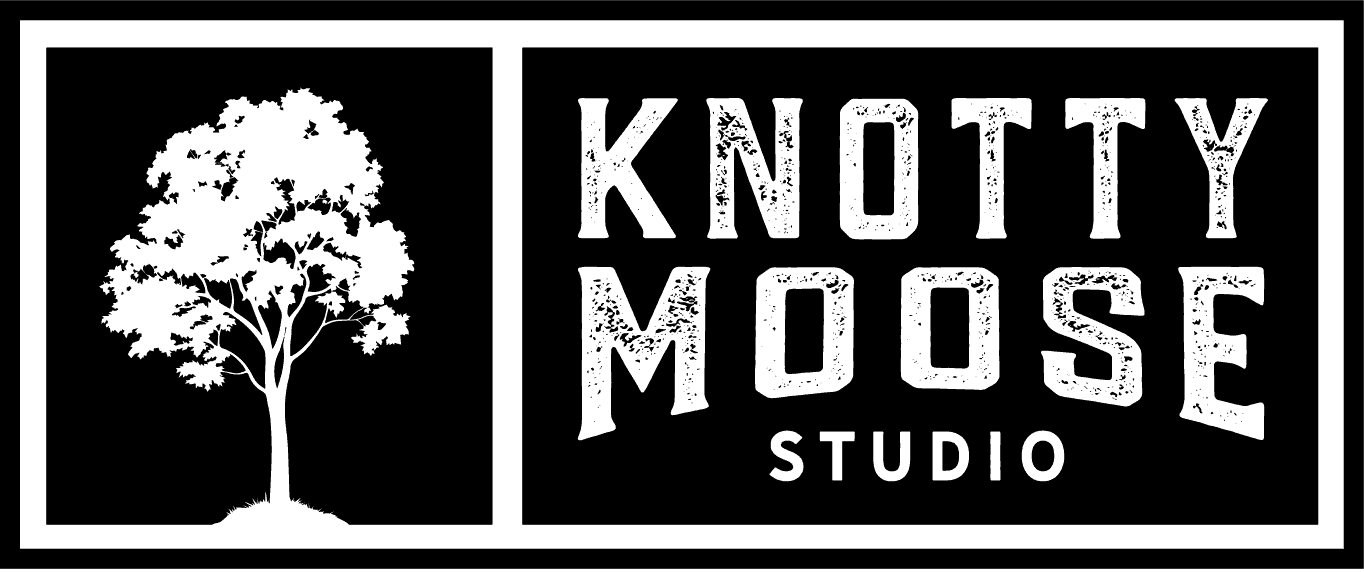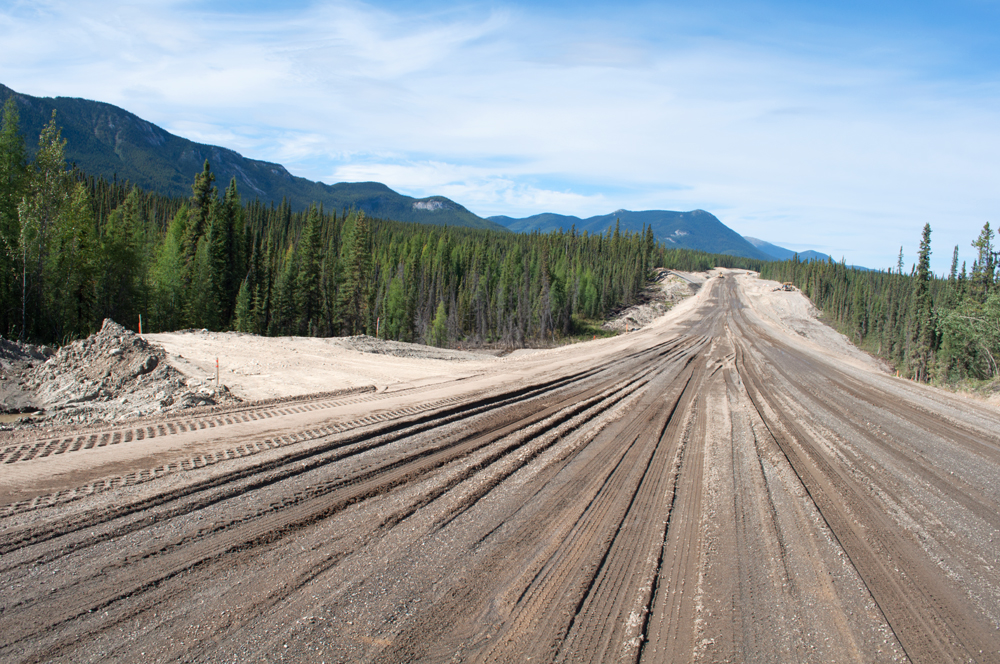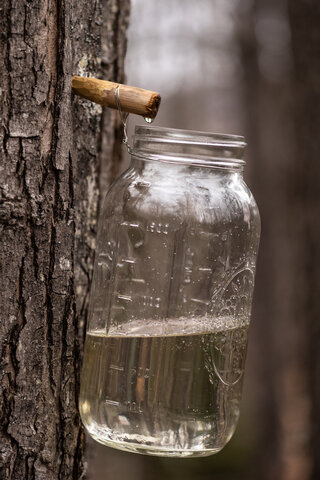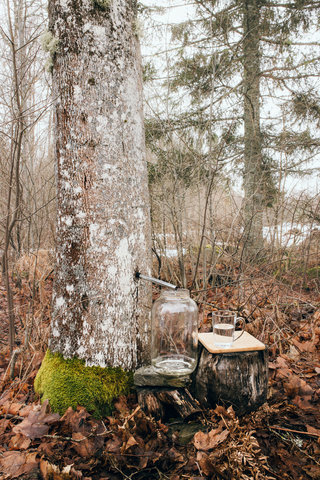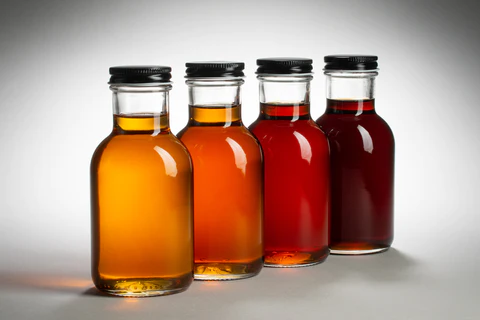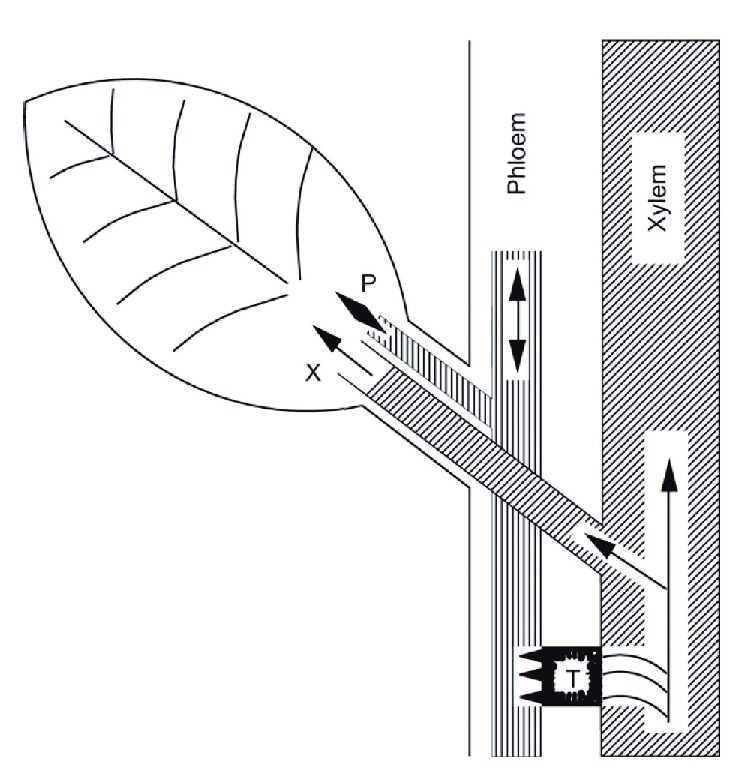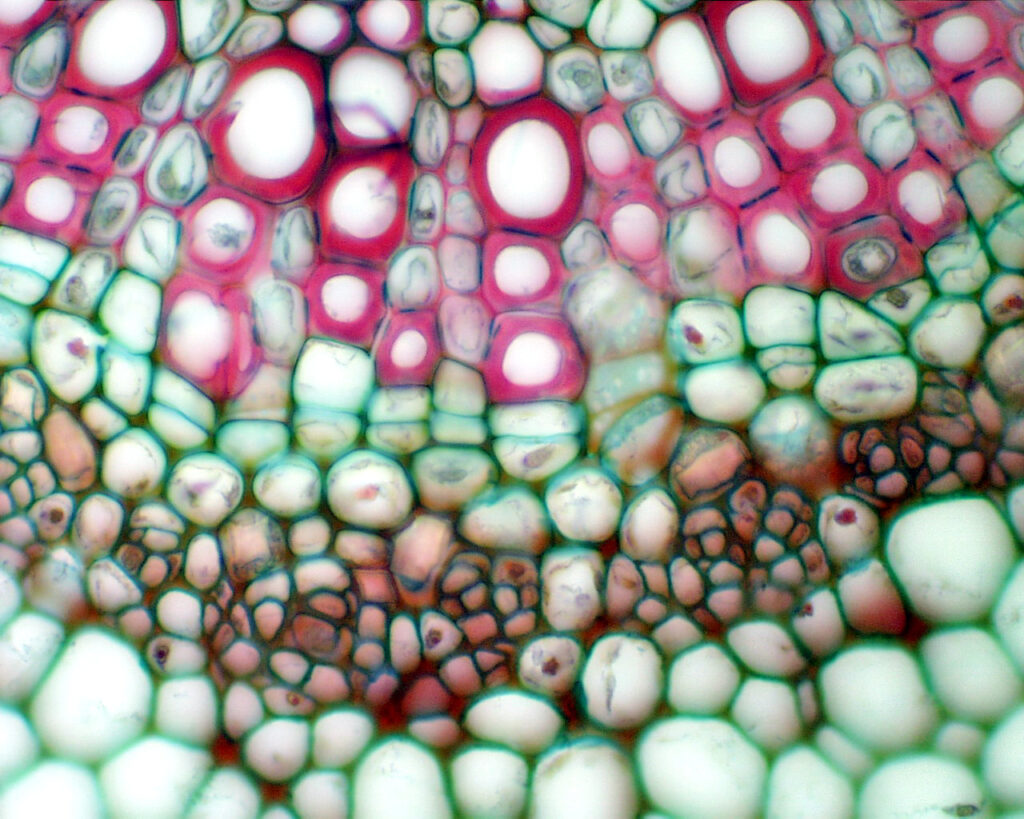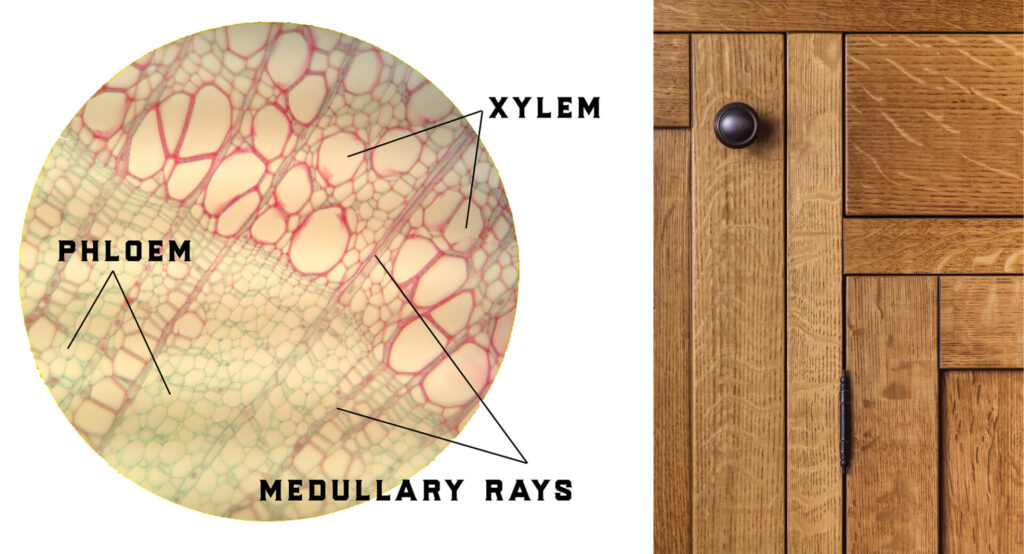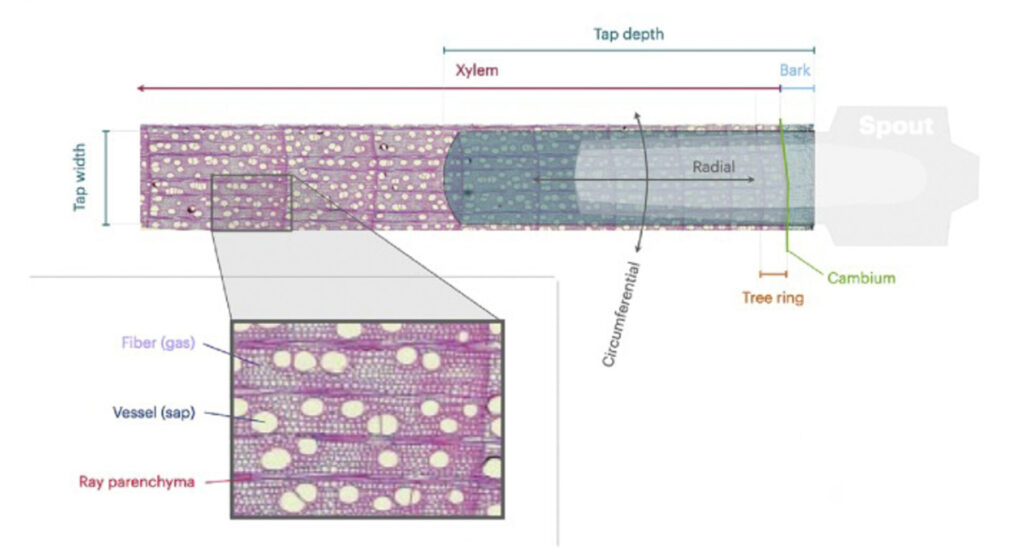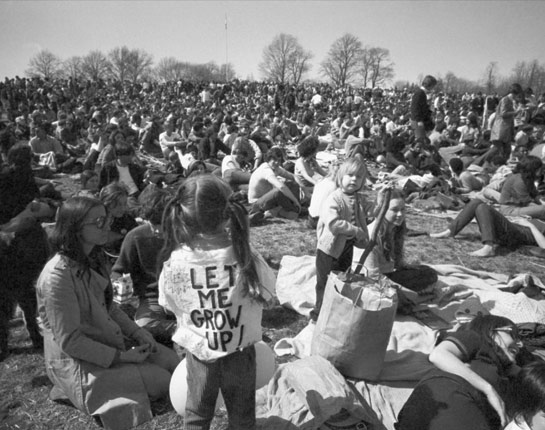
Yesterday marked the global celebration of Earth Day. Over 193 countries and more than 1 billion people participated in events across the planet. Earth Day isn’t just a day; it is an environmental movement organized by the Earth Day Network (EDN) with a mission to educate and mobilize civil society to call for greater protections for our planet.
The first Earth Day took place on April 22nd, 1970. At the time, it was the largest organized demonstration in American history, with 20 million people across the United States gathering to protest against environmental ignorance. The history of the environmental movement is quite remarkable, and you can read more about the events that led it to grow into the global campaign that it is today on PBS’s American Experience.
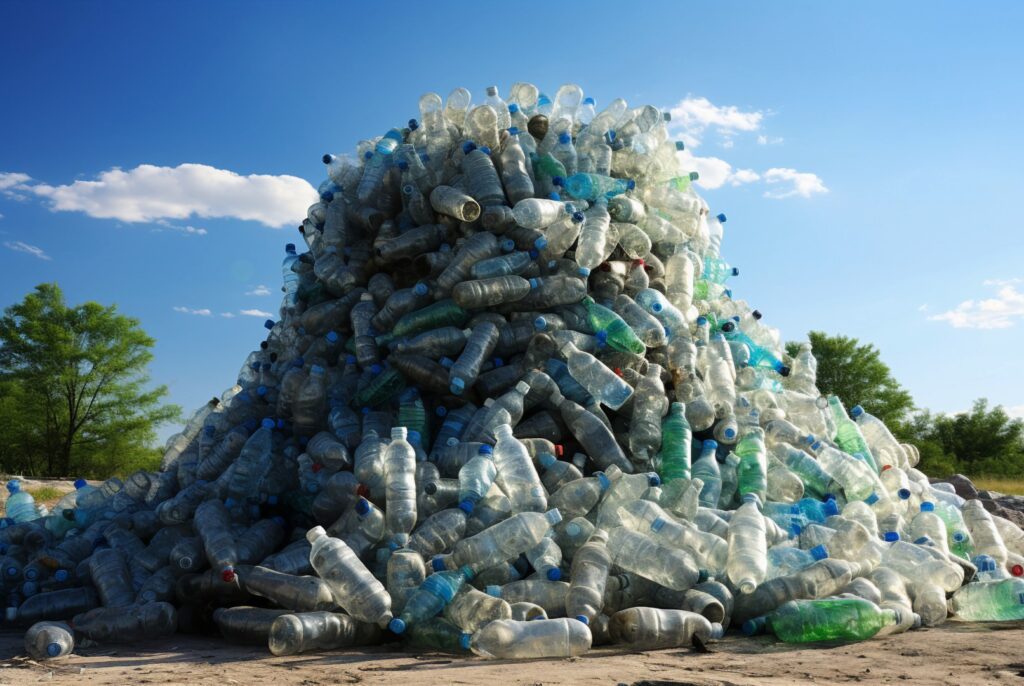
“Planet vs. Plastics” is the theme for 2024, with a commitment to “demanding a 60% reduction in the production of plastics by 2040 and an ultimate goal of building a plastic-free future for generations to come.”
Check out the action toolkit released by EARTHDAY.org to see how you can do your part.
Our Commitment
Knotty Moose Studio has long been committed to earth stewardship and doing what we can to support and further the environmental movement. We educate our community about tree science, source sustainable hardwoods and fallen trees, and work with clients to design custom solutions and home goods with natural materials that are built to last and evolve with their needs.
Before I began the studio and was still a young woodworking apprentice in my 20s, I spent my weeks traveling the backroads of the American landscape to photograph the environmental consequences of human presence. My documentary work focused on a concept called the ‘Hand of Man,’ in which manmade machines, essentially extensions of ourselves, are used to carve and shape the earth to fit our needs.
It was during my time in remote wilderness areas of Alaska and the Northwest Territories that I became passionate about responsible industrial practices and human stewardship of the resources we depend upon.
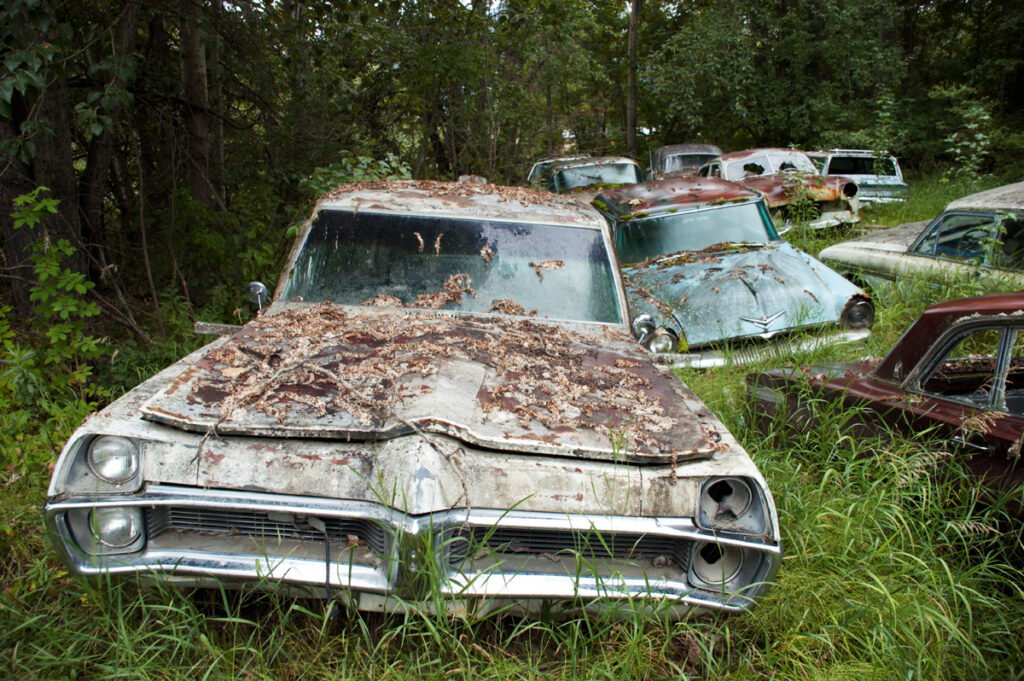
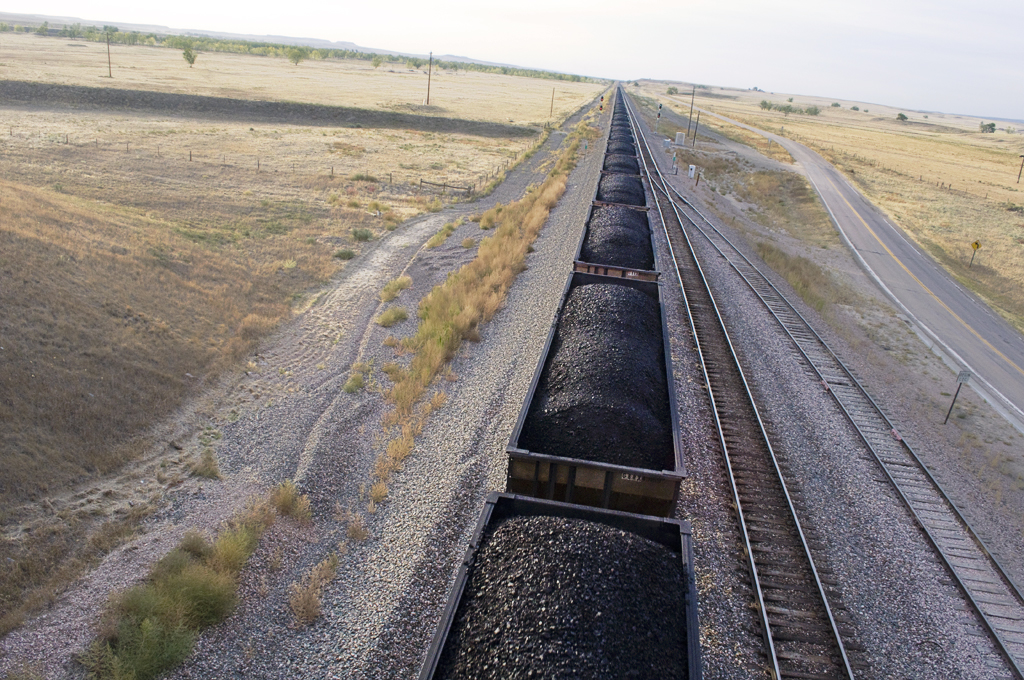
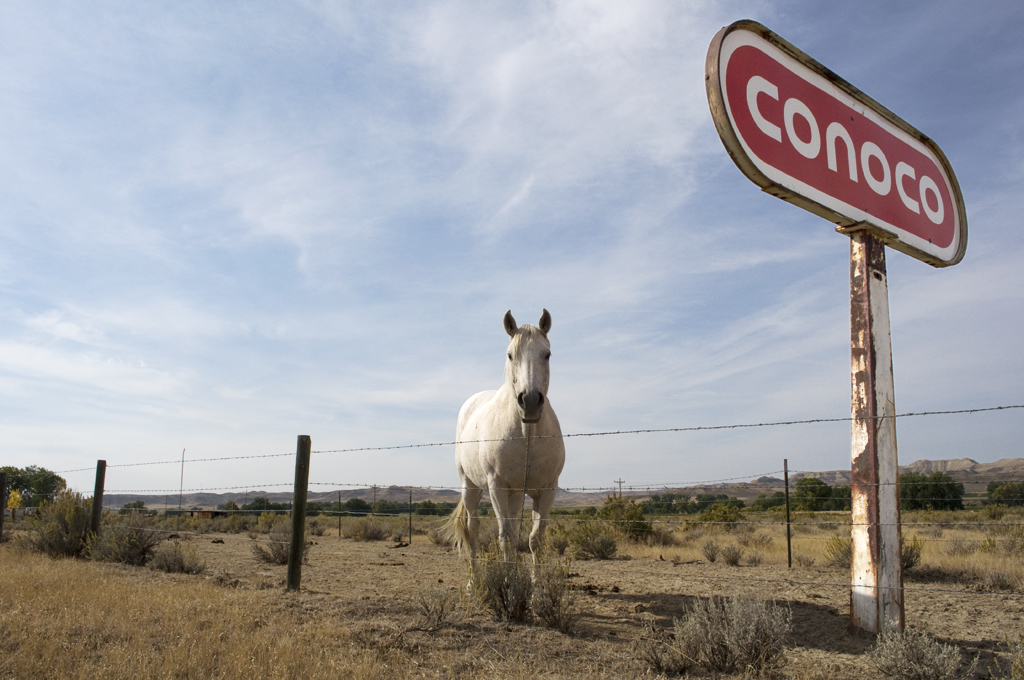
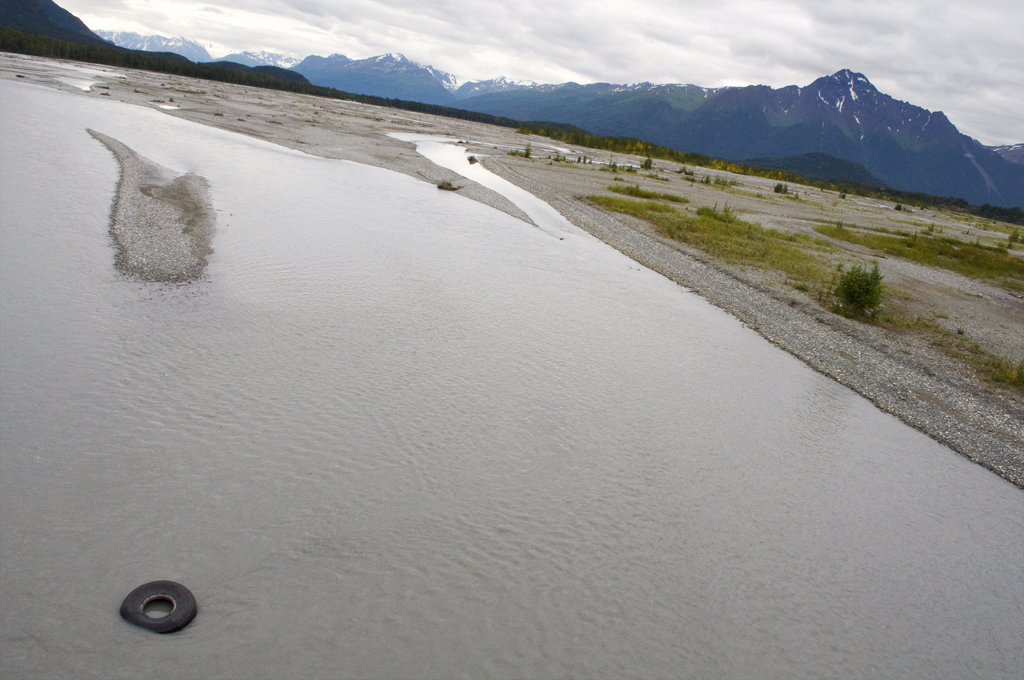
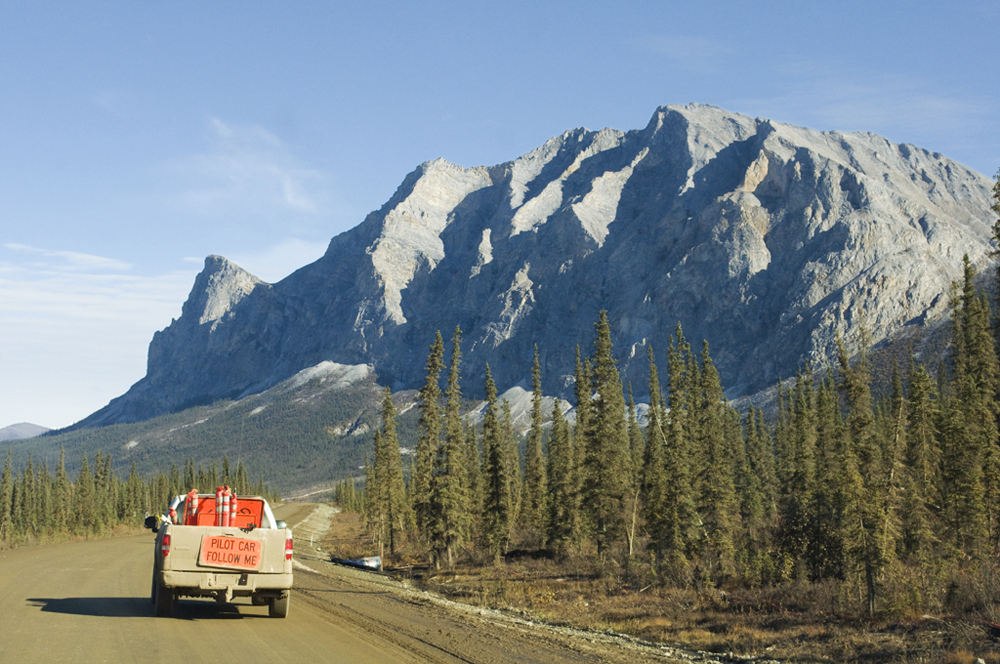
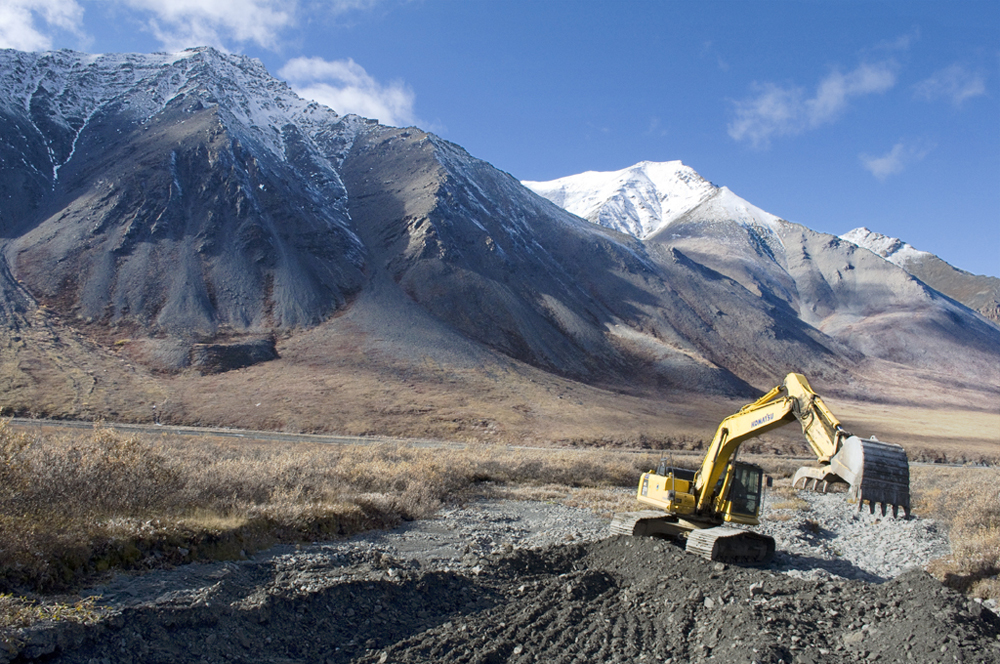
Today, that passion and concern for the environment still lies in the heart of our woodworking studio. We LOVE trees. They are a resource we depend on and have a responsibility to care for and protect. I encourage you to think about the small changes you can make to join and support this movement, making Earth Day every day!
Cheers,
Viktoria
Thank you for reading! We appreciate your time and attention.
